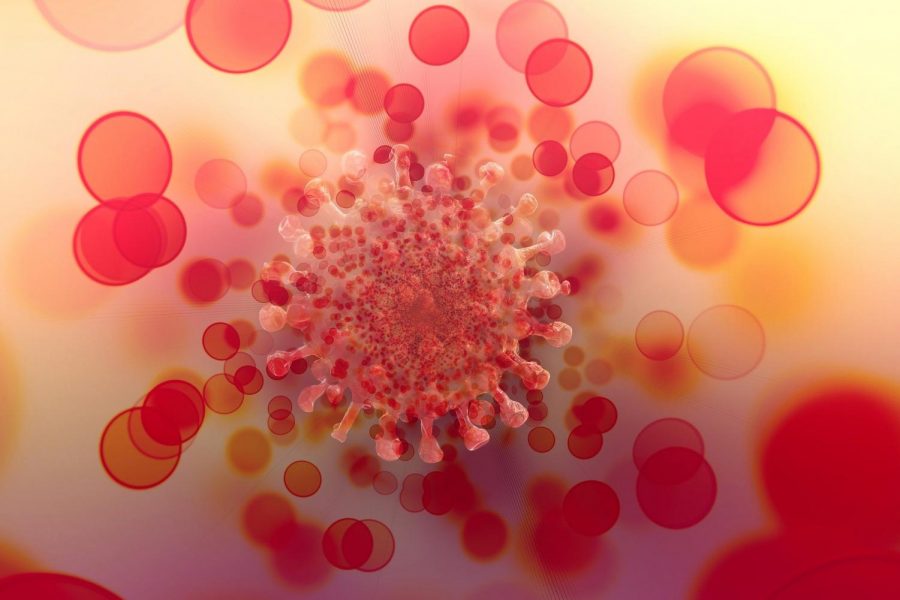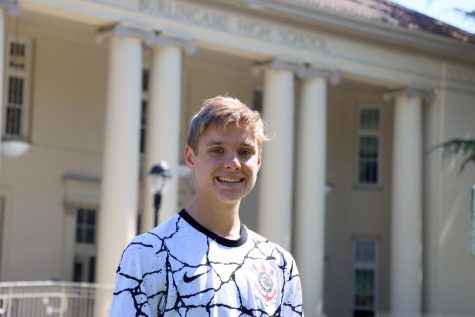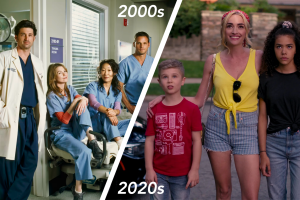Omicron variant comes to Bay Area
The Omicron variant was first reported in the U.S. on Dec. 1.
December 14, 2021
On Wednesday, Dec. 1, the Center for Disease Control announced the San Francisco and California departments of health found the first case of the Omicron variant, a new variant of COVID-19, in the United States. Since then, 19 states have detected it, with more likely to come. The variant was first detected in South Africa, and preliminary data from the World Health Organization indicates it is highly transmissible but could cause milder cases of COVID-19.
“California has a pretty high vaccine rate, and even though the Omicron variant might be able to bypass the past vaccines, so I feel like we should be relatively fine, but I’m not a doctor,” junior Romer Rosales said.
Recently, California and San Mateo County have seen a surge in COVID-19 cases reported, with 79 per day over the last week. However, this number is still considerably lower than last year’s winter surge.
In the San Mateo Union High School District (SMUHSD), Superintendent Kevin Skelly issued an update about the variant, where he reminded students and their families of the COVID-19 regulations the District has put in place. These regulations have helped prevent a major outbreak of disease at the SMUHSD schools as of Dec. 14, but there have still been five emails reporting COVID-19 cases on the Burlingame campus this school year.
“I am worried, but I trust in the school district to handle the situation correctly,” Rosales said.
As of now, concern is not high among the student body, as there have been no substantial effects across the country and the District has not changed or ramped up its regulations. As more data rolls in from around the world on the full effects of this variant, there could be changes, but until then, Omicron has not significantly affected Burlingame.










































